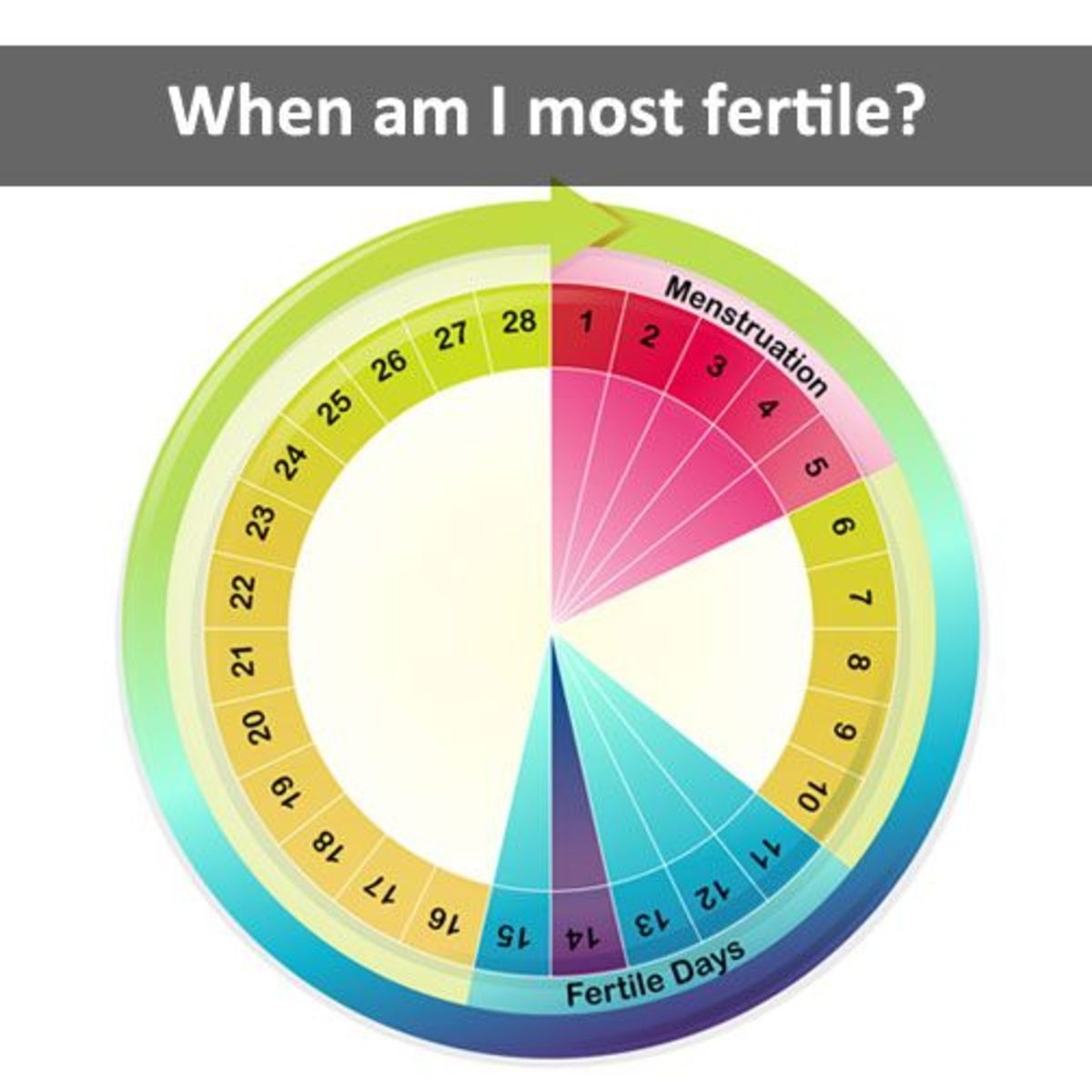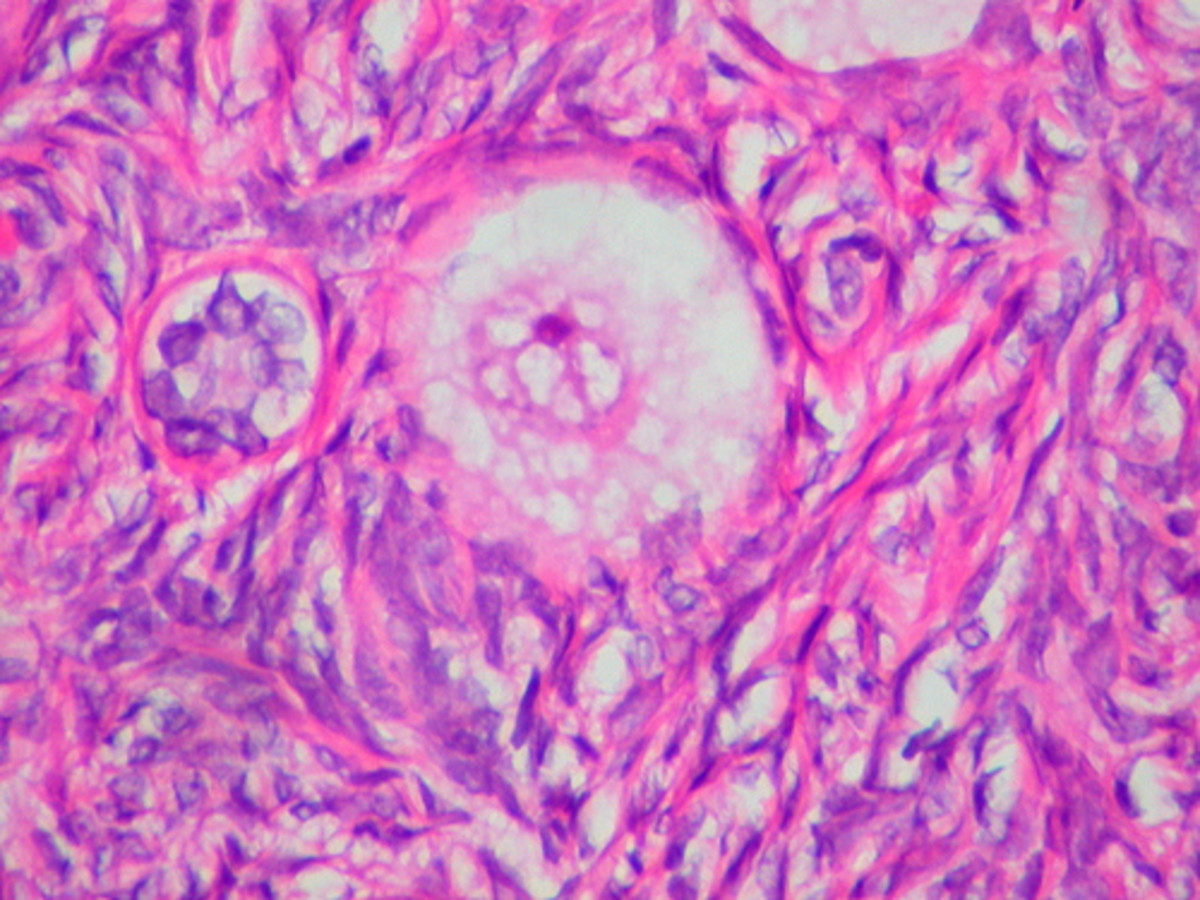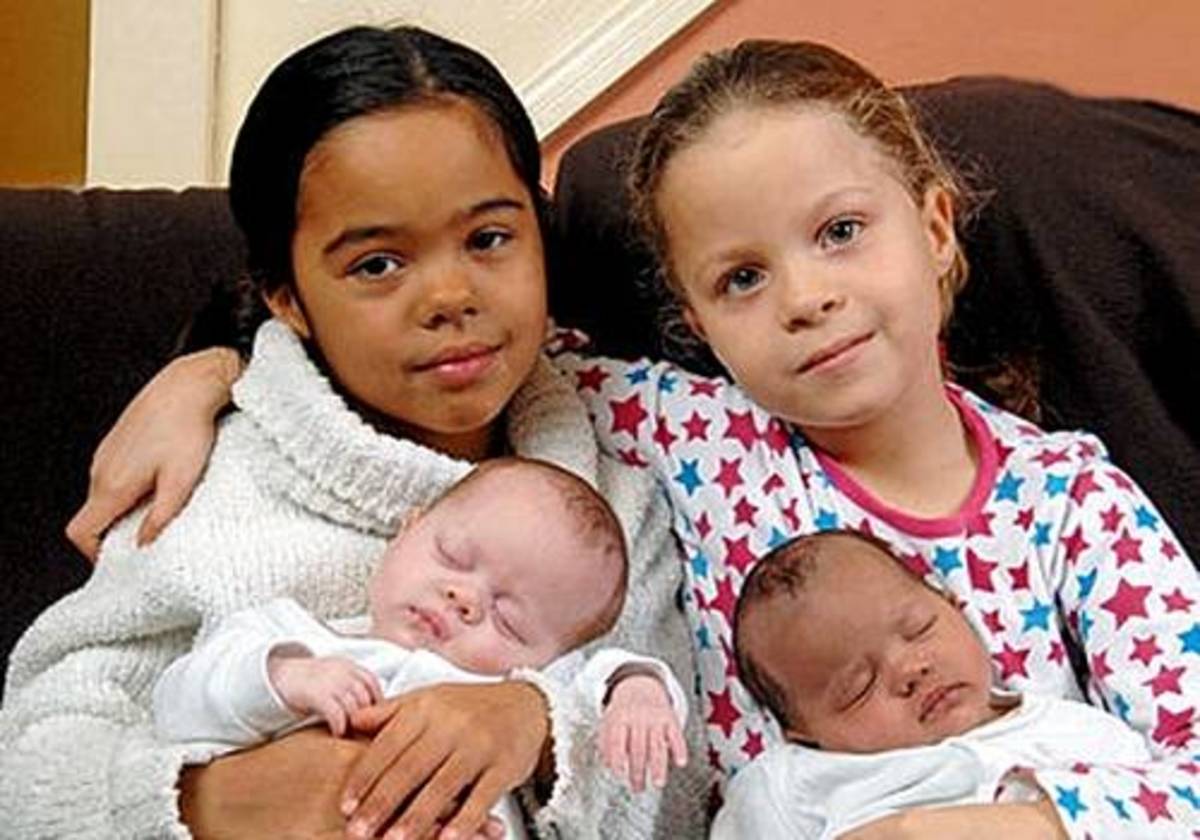Determining a Woman's Ovulation Cycle
A Naturally Occurring Pattern
The term ovulation generally refers to the period immediately following the release of a mature egg from the female ovary. In the case of humans, women are born with millions of immature eggs which remain in the ovaries. When a female reaches her teen years, her body begins to develop one (occasionally more than one) egg per month to maturity and release it. Once mature, the egg is released and travels down her fallopian tubes toward her uterus. There is a window of approximately 24 hours during which the egg can be fertilized by a male sperm. If fertilized, the egg slowly continues down the fallopian tubes during the next week or so before reaching and attaching itself to the lining of the woman's uterus which has thickened in preparation for receiving the fertilized egg. If not fertilized, the egg begins to disintegrate and is ultimately discharged from the body. Menstruation occurs about two weeks after ovulation if there is no fertilized egg to attach to the uterus. Menstruation is the result of the uterus shedding the thickened layer that was formed to receive the fertilized egg and is no longer needed if the egg was not fertilized.
Ovulation generally occurs at the mid-point of a woman's menstrual cycle, which averages 28 days, making the start of ovulation two weeks following the end of her most recent menstrual cycle. Since these averages apply to women in general and not specific women, the times will vary from woman to woman. In addition to variations among individual women the cycle can also be affected by factors such as health, stress, etc. Stress can be a very important factor as evidenced by otherwise healthy women who have previously tried and failed to conceive and suddenly conceive during a relaxing vacation or following an adoption (which often removes the internal or external pressure to conceive).
Because ovulation follows a predictable pattern, it is possible to pinpoint times when ovulation is occurring and use this information to conceive a baby or avoid conceiving a baby. The so-called Rhythm Method (the main birth control method approved by the Catholic Church) uses the pattern of a woman's menstrual cycle to predict the days during the cycle when ovulation is most likely to occur and, by avoiding sexual intercourse during those times, thereby avoid pregnancy (however, we are talking statistics here so, while the method is very successful in enabling most women to avoid pregnancy, the success rate is not 100%). For people who wish to conceive, this method can pinpoint the best times to engage in sexual intercourse for the purpose of conception. Another way of predicting and pinpointing ovulation are changes in a woman's body temperature when she first awakens in the morning (known as Basal body temperature) as it has been observed that a women's Basal body temperature at time of ovulation is about a half a degree to a full degree (Fahrenheit – or a quarter to a half a degree Celsius) above her normal average. Changes in the position of the cervix or changes in consistency of the cervical mucus are additional ways used to predict ovulation.
While women normally produce and release one mature egg per month, they can at times produce and release two or more eggs at one time. If this occurs it is possible for one or more of the eggs to be fertilized which gives rise to fraternal twins, triplets, etc. whose genetic make-up will differ as it does with single birth siblings. This is opposed to identical twins, triplets, etc. which result when one egg is produced, fertilized and then splits into two or more embryos. Many women who are unable to conceive are often treated with fertility drugs many of which operate by stimulating their body to ovulate. However, the stimulation often results in multiple rather than a single egg maturing and being released and this leads to multiple eggs being fertilized and multiple births.









